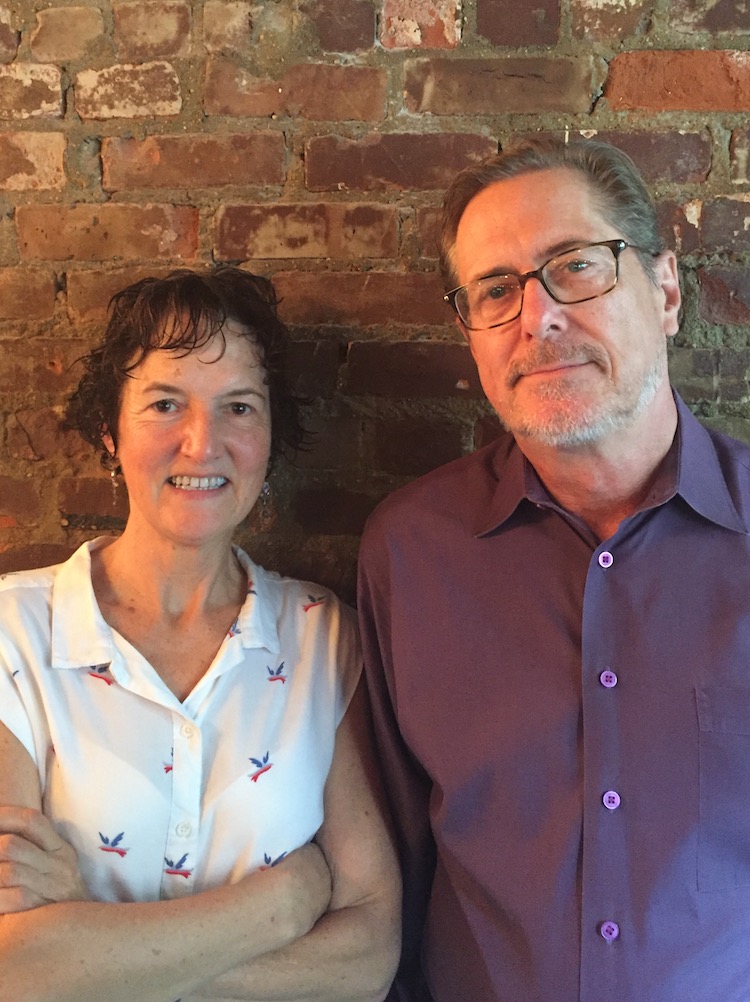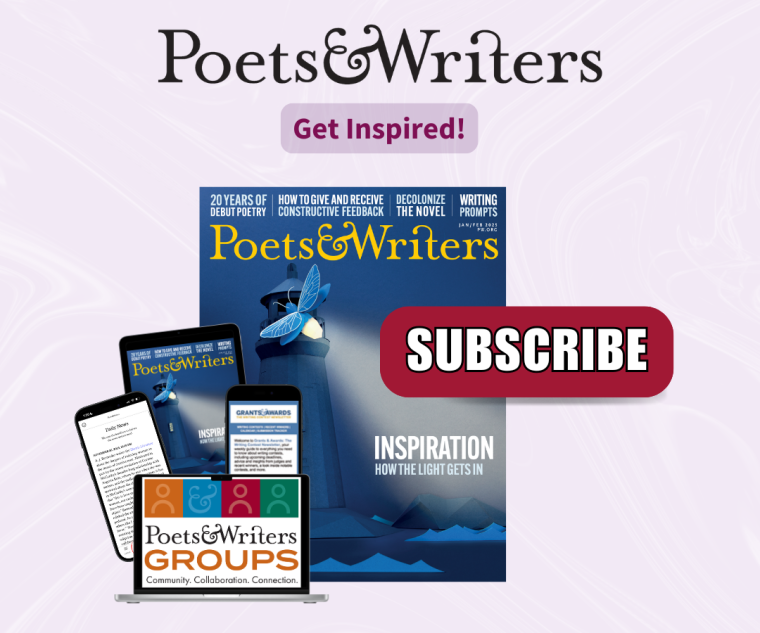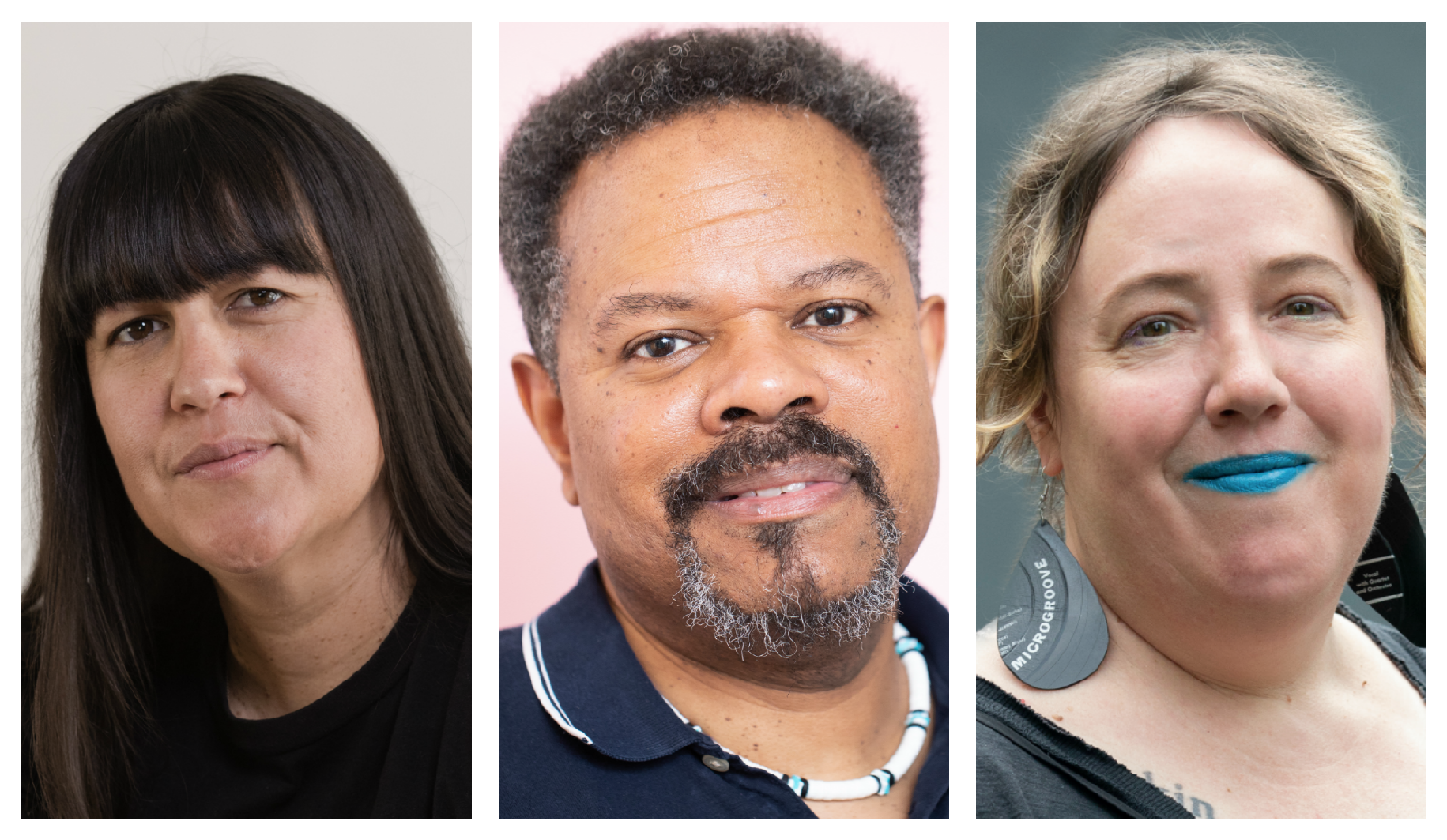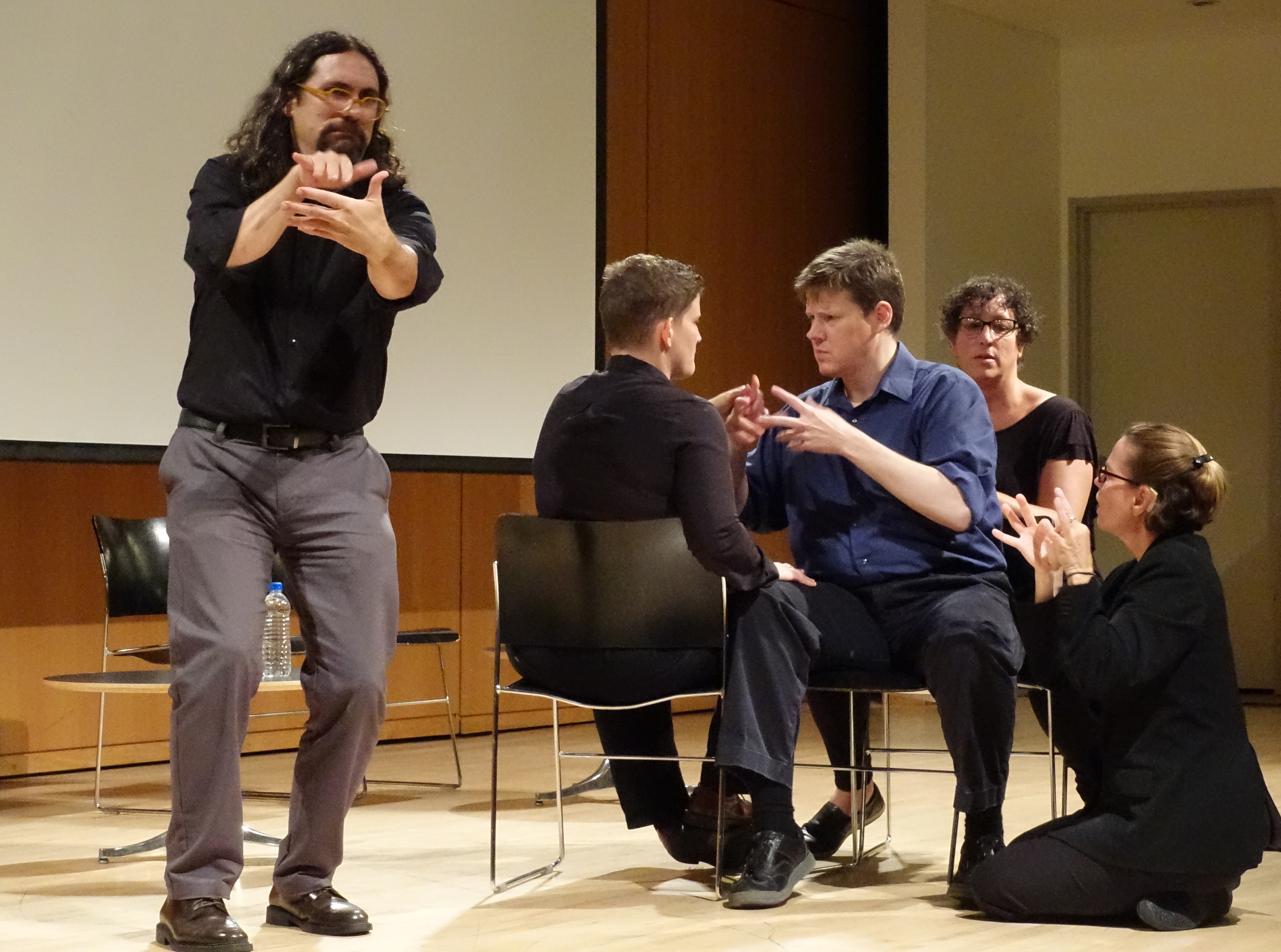Sam Perkins is a freelance writer, poet, translator, and editor who has worked in magazines for two decades. His nonfiction work has appeared in the New York Times, Next Avenue, Atlas Obscura, and numerous travel magazines. His poetry translations from Chinese, done in collaboration with Joan Xie, have appeared in Exchanges: A Journal of Literary Translation and in the collection Thirteen Leaves (Three Owls Press, 2018).
 Bloom Readings is a series that takes place monthly, always on Sundays at 5:00 PM, in “The Lounge,” an elegant 1920s event space in the Hudson View Gardens apartment complex on 183rd Street and Pinehurst Avenue in New York City. As curators of Bloom, Sarah Van Arsdale and I invite writers of prose and poetry from Washington Heights and beyond to share their work.
Bloom Readings is a series that takes place monthly, always on Sundays at 5:00 PM, in “The Lounge,” an elegant 1920s event space in the Hudson View Gardens apartment complex on 183rd Street and Pinehurst Avenue in New York City. As curators of Bloom, Sarah Van Arsdale and I invite writers of prose and poetry from Washington Heights and beyond to share their work.
One of the most appealing features of Bloom is that we really aim to get the small details right: We have a printed program with suggested reading, we keep the inevitable white wine cold enough to drink without wincing, we have chips and dip, and we enlist the local bookshop co-op Word Up to sell the books of our featured readers. After the reading we go to one of the organizer’s apartments for a simple, leisurely meal.
Sarah, the Bloom team, and I want to make our readings an enjoyable, memorable moment for the readers. One of our challenges is that we’re a bit of a hike for readers coming from Brooklyn, Queens, or New Jersey. We like to think these details count. This year, thanks to Poets & Writers, we’ve been able to offer readers a small honorarium. It’s a wonderful feeling.
Bloom is proud of the roster of writers who have come to read, established voices like Rachel Hadas, Cornelius Eady, Jeanne Marie Beaumont, and Teresa Svoboda, and emerging voices like poets Rico Frederick and Sarah Jewell, and at our most recent reading, short story writer Dennis Norris II. Wherever they are in their careers, all are dedicated to their craft and calling.
For our reading on September 23, translator, scholar, and essayist Leah Souffrant read from her book, Plain Burned Things: A Poetics of the Unsayable, and performed “Thread: Attention to Loving,” a selection from her new manuscript Entanglements, which was accompanied by a video piece “Visual Entanglements 9.” Leah’s reading focused on the difficulty of expressing what is sensed but ultimately unknowable. As she read, Leah projected a series of flowing images on the wall behind her. Straddling the border between abstract and representational, the arresting video sequence reinforced and expanded the themes she tackles in her writing—the frustration and fascination we feel as writers, trying to explain the objective and subjective worlds we occupy.
Dennis Norris II read “Last Rites,” a moving, meditative short story recently published in the anthology Everyday People: The Color of Life (Atria Books, 2018) edited by Jennifer Baker. The narrative moves through the thoughts of a father, “The Reverend,” waiting to be rescued from a car crash. Toggling back and forth through time, we follow the Reverend’s memories of his son as a child, his late wife, and the demons that resurface as he tries to come to terms with his past as a husband and father. Dennis’s career is taking off. It’s a wonderful feeling to give young writers a boost.
Although Meena Alexander was unable to attend the reading, we were treated to a selection of poems from her recent collection, Atmospheric Embroidery (TriQuarterly Books, 2018), read by Leah Souffrant and Sarah Van Arsdale. Even in her absence, Meena’s words filled the room with, as she puts it in her poem “Darling Coffee,” “the periodic pleasure of small happenings.”
Interspersed with the other readers, Joan Xie, a poet who writes in Chinese and English, and I read from our recently published collaborative translation, Thirteen Leaves, an anthology of contemporary Chinese poetry. We chose poems from Lan Lan, Guma, and Arxin, none of whom are well-known in the United States but are widely recognized in China. Arxin’s poem, “Those Years on the Bank of Sanduo River,” sums up a feeling many poets and other creative writers have when they consider the writing life:
... I saw my house on the beach
— a lone cabin
surrounded, battered
by snow on all sides.
Running a monthly series takes extra work, which couldn’t be managed without our great team: Kate Hogan, Joan Greenbaum, Barbara Blatner, and Gabriella Barnstone. Together, we divide and conquer, and get it done.
This October, we have a great line-up of readers: Nathan McClain, Tishon Woolcock, Glynn Pogue, and Carol Potter. We look forward to having a great 2018–2019 season enhanced by funding provided by the Poets & Writers’ Readings & Workshops program. We’re so grateful for the support!
Support for the Readings & Workshops Program in New York City is provided, in part, by public funds from the New York State Council on the Arts, and the New York City Department of Cultural Affairs, with additional support from the Frances Abbey Endowment, the Cowles Charitable Trust, and the Friends of Poets & Writers.
Photo: Sarah Van Arsdale and Sam Perkins (Credit: Wesley Schmidt).





 Bloom Readings is a series that takes place monthly, always on Sundays at 5:00 PM, in “The Lounge,” an elegant 1920s event space in the Hudson View Gardens apartment complex on 183rd Street and Pinehurst Avenue in New York City. As curators of Bloom, Sarah Van Arsdale and I invite writers of prose and poetry from Washington Heights and beyond to share their work.
Bloom Readings is a series that takes place monthly, always on Sundays at 5:00 PM, in “The Lounge,” an elegant 1920s event space in the Hudson View Gardens apartment complex on 183rd Street and Pinehurst Avenue in New York City. As curators of Bloom, Sarah Van Arsdale and I invite writers of prose and poetry from Washington Heights and beyond to share their work. On September 13, scholars, authors, and poets came together for a workshop and performance in New York City that approached the question, “How can American Sign Language poetry be published?” In the afternoon workshop, this question was addressed through several angles, from interactive digital publications and the preservation of video “texts” to pop-up books, flip books, and comic strips.
On September 13, scholars, authors, and poets came together for a workshop and performance in New York City that approached the question, “How can American Sign Language poetry be published?” In the afternoon workshop, this question was addressed through several angles, from interactive digital publications and the preservation of video “texts” to pop-up books, flip books, and comic strips.